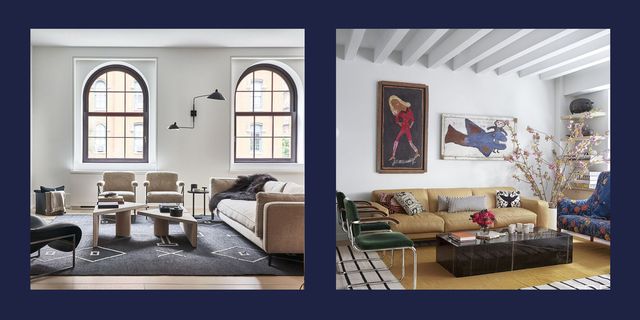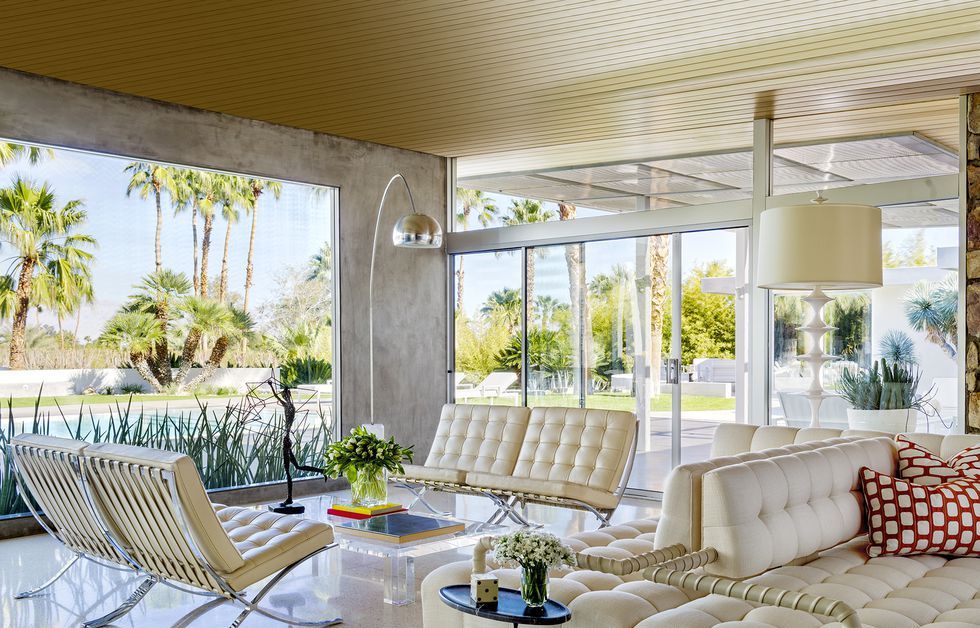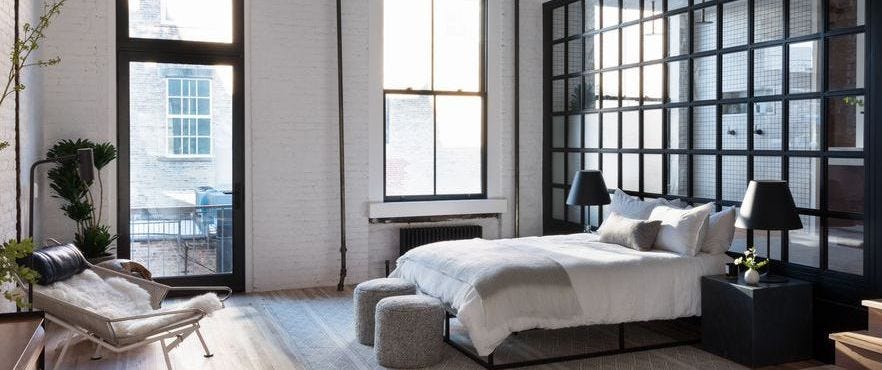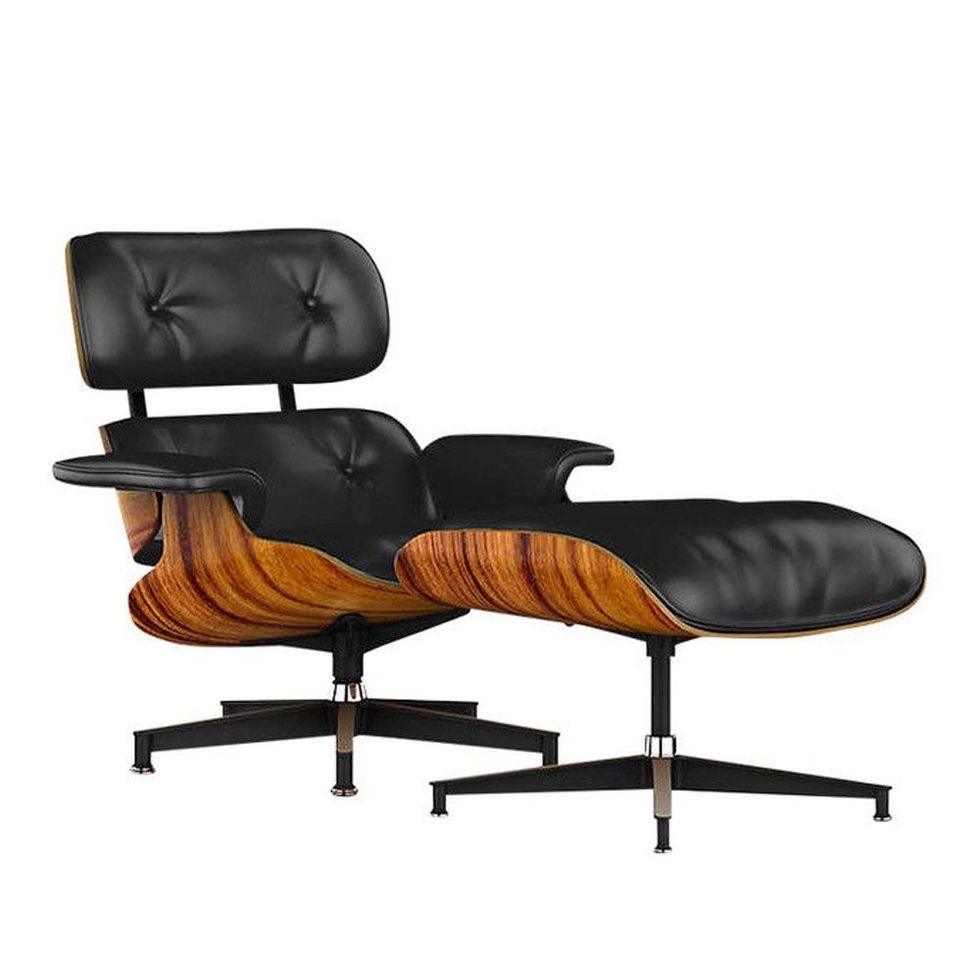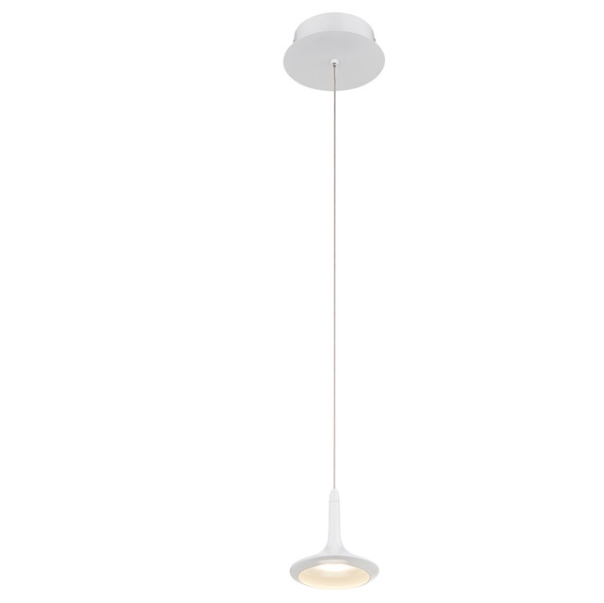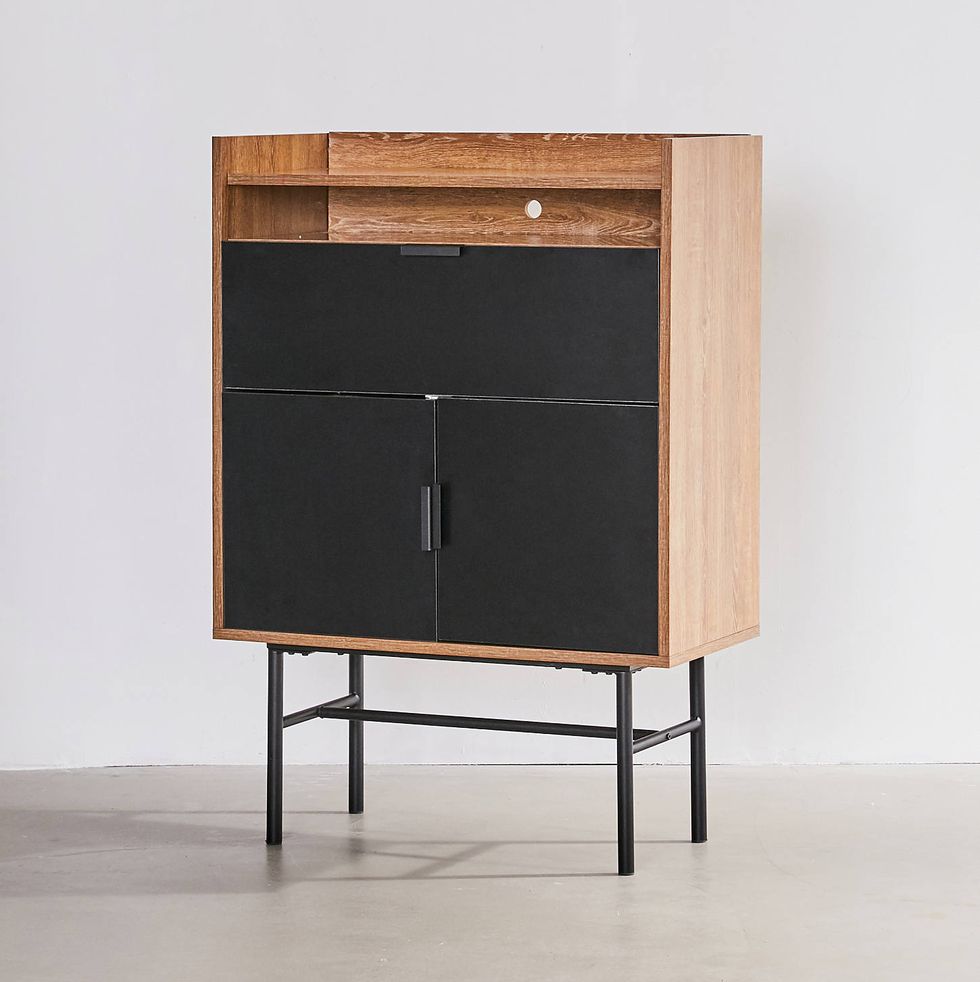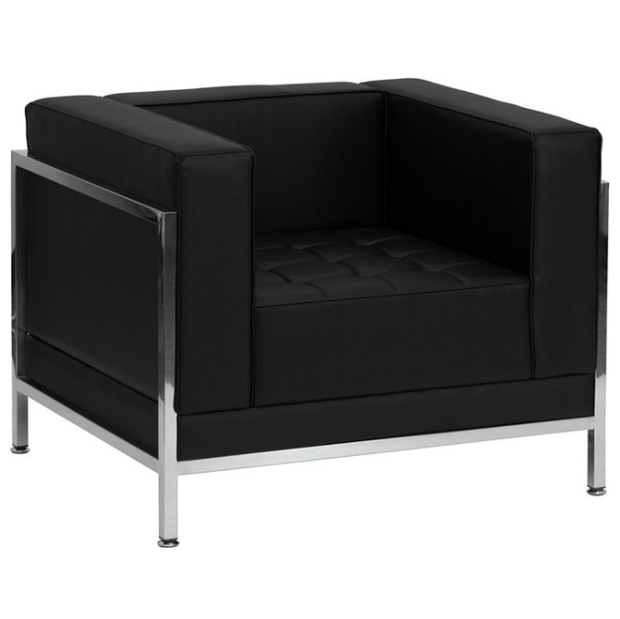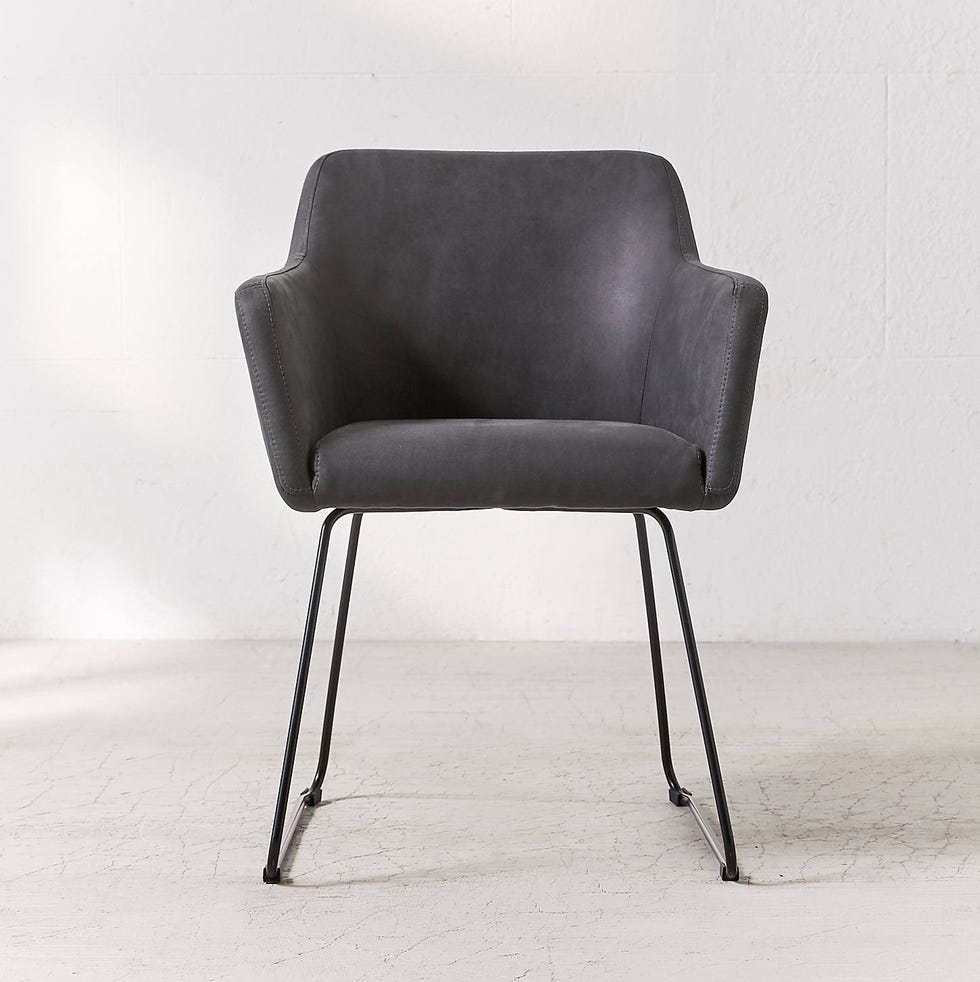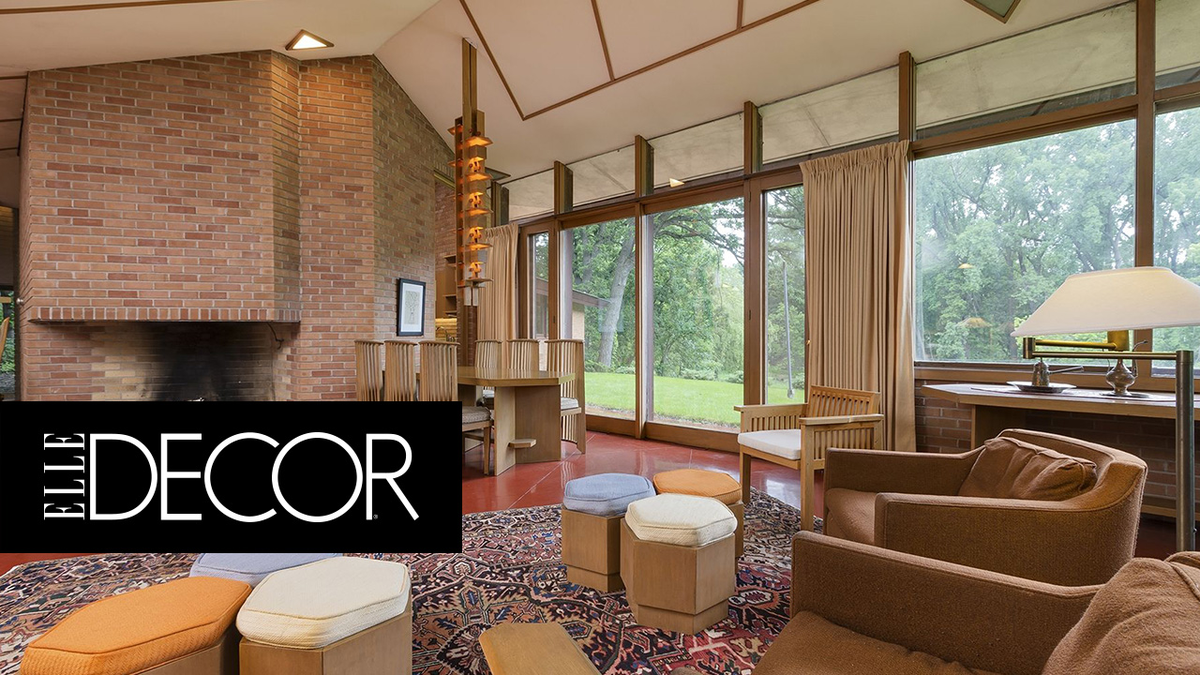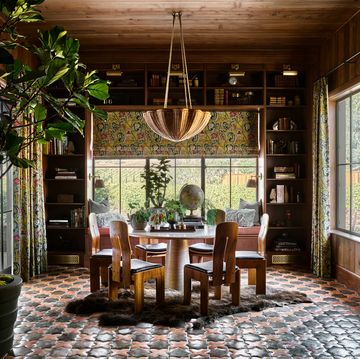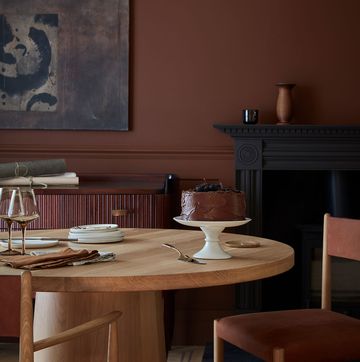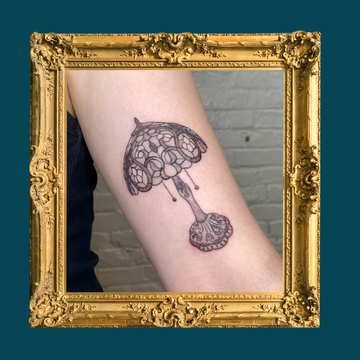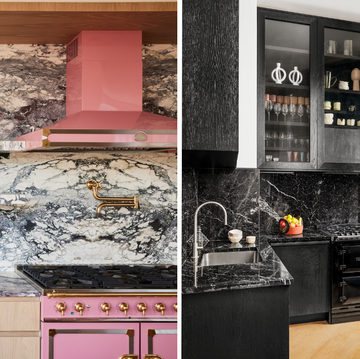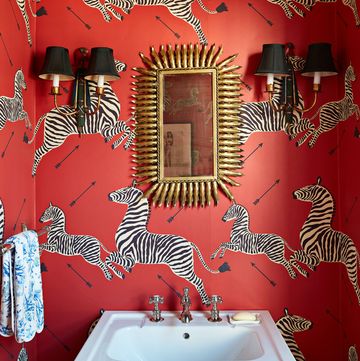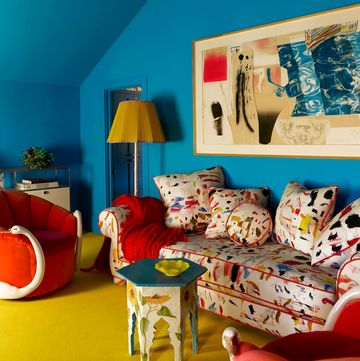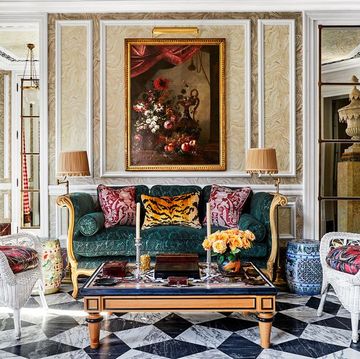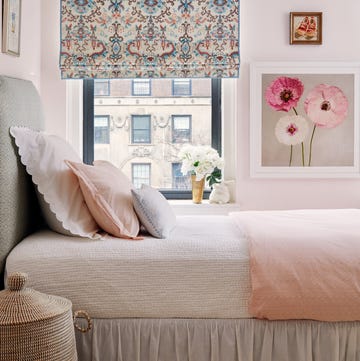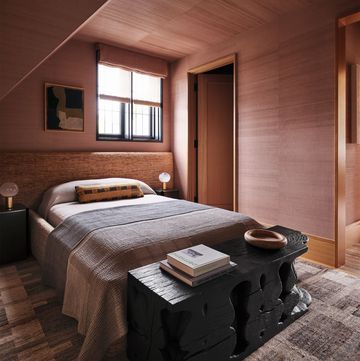A chair is a chair is a chair, right? Unless it's an Eames lounge chair, or perhaps a Beetle chair that you're referring to. Okay, so maybe a chair isn't just a chair. When you love interior design and feel like you could talk about it all day, terminology matters. But when you pick up a thesaurus and flip to "contemporary," a likely synonym to be listed is "modern." These terms—which might seem interchangeable in a general sense—have nuances you've probably never picked up on before, especially when it comes to design. Luckily for you, we're here to break down what some of the most popular design terms really mean.
Today's lesson: The differences between contemporary and modern design. You might think these two styles are synonymous—both describing design that is au courant—but the reality is these styles have several distinctions. The best part is, once you understand these differences you'll find it much easier to conceive a plan for your own interiors (and impress your more design-savvy friends). Here's everything you need to know.
MODERN DESIGN
Modern design refers to the specific time period from the early to mid-twentieth century. The style is a precursor to contemporary design, with key figures including Le Corbusier, Charles and Ray Eames, and Florence Knoll. The inception of modern design happened at the peak of the modern art movement, informed by Scandinavian and German Bauhaus design. The distinct style focused on simple form and function, which are valued as equals under this style. Think earthy palettes, natural materials like wood, leather, and stone, and streamlined silhouettes.
From modern came mid-century modern (which was developed in, you guessed it, the 50s and 60s), although in the interior design world the term "modern" often encompasses both.
CONTEMPORARY DESIGN
Unlike modern design, contemporary design doesn't refer to a specific period of time—it's constantly evolving to reflect the popular styles of present day design. It borrows qualities from modernism, minimalism, Art Deco, and other global styles, without hyper-focusing on any one in particular. Though contemporary design is, by nature, fairly ambiguous, there are a few qualities that help define the contemporary style. Neutral palettes, stark minimalism, clean lines, and organic silhouettes are some of the prominent characteristics. You can expect to see materials including nickel, steel, and chrome, combined with natural textures like hemp or jute.
THE MAIN DIFFERENCES
Contemporary is, by definition, what's happening in design at this very moment in time. This definition makes it more fluid and hard to pin down. Modern design, on the other hand, has a distinguishable aesthetic that emphasizes crisp lines, warm neutrals, and balance.
SHOP OUR FAVORITE MODERN & CONTEMPORARY FURNITURE
Lucia Tonelli is an Assistant Editor at Town & Country, where she writes about the royal family, culture, real estate, design, and more.
